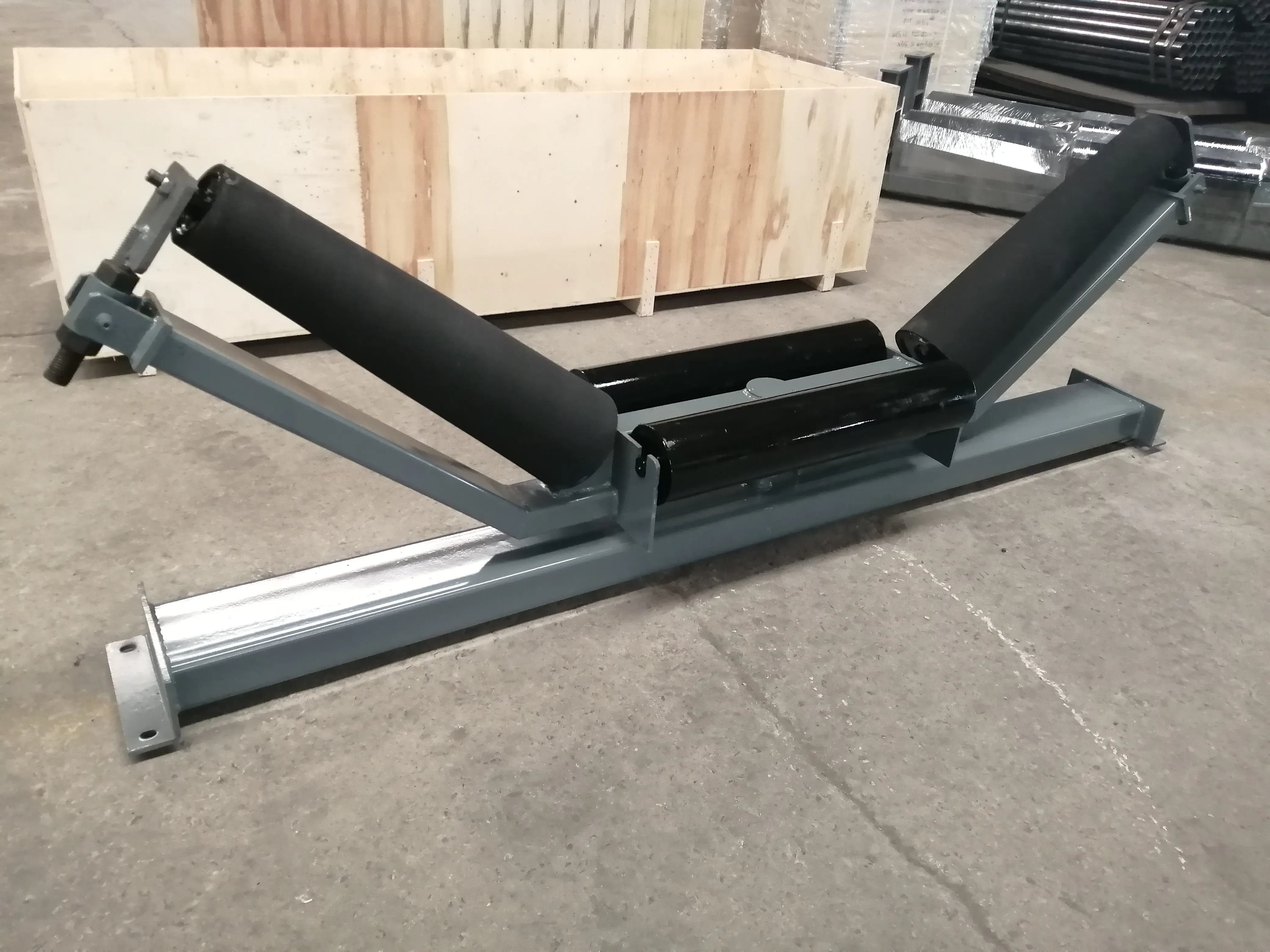 Afrikaans
Afrikaans  Albanian
Albanian  Amharic
Amharic  Arabic
Arabic  Armenian
Armenian  Azerbaijani
Azerbaijani  Basque
Basque  Belarusian
Belarusian  Bengali
Bengali  Bosnian
Bosnian  Bulgarian
Bulgarian  Catalan
Catalan  Cebuano
Cebuano  Corsican
Corsican  Croatian
Croatian  Czech
Czech  Danish
Danish  Dutch
Dutch  English
English  Esperanto
Esperanto  Estonian
Estonian  Finnish
Finnish  French
French  Frisian
Frisian  Galician
Galician  Georgian
Georgian  German
German  Greek
Greek  Gujarati
Gujarati  Haitian Creole
Haitian Creole  hausa
hausa  hawaiian
hawaiian  Hebrew
Hebrew  Hindi
Hindi  Miao
Miao  Hungarian
Hungarian  Icelandic
Icelandic  igbo
igbo  Indonesian
Indonesian  irish
irish  Italian
Italian  Japanese
Japanese  Javanese
Javanese  Kannada
Kannada  kazakh
kazakh  Khmer
Khmer  Rwandese
Rwandese  Korean
Korean  Kurdish
Kurdish  Kyrgyz
Kyrgyz  Lao
Lao  Latin
Latin  Latvian
Latvian  Lithuanian
Lithuanian  Luxembourgish
Luxembourgish  Macedonian
Macedonian  Malgashi
Malgashi  Malay
Malay  Malayalam
Malayalam  Maltese
Maltese  Maori
Maori  Marathi
Marathi  Mongolian
Mongolian  Myanmar
Myanmar  Nepali
Nepali  Norwegian
Norwegian  Norwegian
Norwegian  Occitan
Occitan  Pashto
Pashto  Persian
Persian  Polish
Polish  Portuguese
Portuguese  Punjabi
Punjabi  Romanian
Romanian  Russian
Russian  Samoan
Samoan  Scottish Gaelic
Scottish Gaelic  Serbian
Serbian  Sesotho
Sesotho  Shona
Shona  Sindhi
Sindhi  Sinhala
Sinhala  Slovak
Slovak  Slovenian
Slovenian  Somali
Somali  Spanish
Spanish  Sundanese
Sundanese  Swahili
Swahili  Swedish
Swedish  Tagalog
Tagalog  Tajik
Tajik  Tamil
Tamil  Tatar
Tatar  Telugu
Telugu  Thai
Thai  Turkish
Turkish  Turkmen
Turkmen  Ukrainian
Ukrainian  Urdu
Urdu  Uighur
Uighur  Uzbek
Uzbek  Vietnamese
Vietnamese  Welsh
Welsh  Bantu
Bantu  Yiddish
Yiddish  Yoruba
Yoruba  Zulu
Zulu conveyor pulley components
Understanding Conveyor Pulley Components
Conveyor systems are integral components in various industries, from manufacturing to logistics, facilitating the efficient movement of goods. A crucial part of these systems is the conveyor pulley, which plays a vital role in the operation and efficiency of a conveyor belt. This article delves into the components of conveyor pulleys, their functions, and the importance of maintaining these components for optimal performance.
What is a Conveyor Pulley?
A conveyor pulley is a cylindrical device that serves as a support and a driving mechanism for a conveyor belt. It operates by rotating around its central axis, thereby imparting motion to the belt. Pulleys are typically classified into two categories drive pulleys and return pulleys. Drive pulleys, located at the head of the conveyor, provide the necessary torque to move the belt and the materials it carries. Return pulleys, positioned at the tail, help to guide the belt back to the front.
Key Components of Conveyor Pulleys
1. Shell The shell is the primary body of the pulley, usually fabricated from steel or other durable materials. It must withstand the load and friction generated during the conveyor's operation. Shells can be designed in various diameters and lengths to accommodate different belt types and transport needs.
2. Drum Ends These are the end sections of the pulley that connect the shell to the shaft. They provide structural stability and help resist axial forces acting on the pulley. Drum ends can be flat or crowned, with crowned ends providing better belt tracking capabilities.
3. Shaft The shaft is the central rod that extends through the pulley, allowing it to rotate smoothly. The durability of the shaft is crucial, as it must support the entire weight of the pulley and its load. Proper alignment of the shaft is essential to reduce wear and tear on both the pulley and the conveyor belt.
conveyor pulley components

4. Bearings Bearings allow the pulley to rotate freely on the shaft. They must be chosen based on load requirements and environmental conditions. Regular lubrication and maintenance of bearings are vital to prolonging their lifespan and ensuring smooth operation.
5. Lagging This refers to the material applied to the surface of the pulley shell to enhance grip between the pulley and the conveyor belt. Lagging can be made from rubber, ceramic, or other materials and helps to prevent slippage, especially in applications where the load is heavy or the belt surface is slick.
6. End Caps These are fitted at the ends of the pulley to protect the internal components and keep dust and debris out. End caps also aid in maintaining the integrity of the pulley structure under heavy loads.
Importance of Conveyor Pulley Components
The efficiency of a conveyor system heavily relies on the performance of its pulleys. Each component plays a significant role in ensuring the overall functionality of the conveyor belt. A well-designed and maintained pulley can reduce operational costs, enhance productivity, and extend the lifespan of the conveyor system.
Proper maintenance of these components is essential. Regular inspections can help identify wear and damage before they lead to failures. For instance, worn bearings can cause misalignment, leading to belt tracking issues and increased wear on the belt and pulleys. Similarly, insufficient lagging can result in slippage, decreasing efficiency.
Conclusion
In conclusion, conveyor pulley components are fundamental to the safe and effective operation of conveyor systems. Understanding these components and their functions is crucial for operators and engineers alike. By prioritizing regular maintenance and choosing the right materials and designs, businesses can significantly enhance the performance and longevity of their conveyor systems, ensuring smoother operations and increased productivity. Thus, investing time and resources into understanding and maintaining conveyor pulley components ultimately leads to a more efficient and economically viable operation.
-
Trusted Conveyor Solutions from Leading Conveyor Idler Roller ManufacturersNewsJun.27,2025
-
Reliable Return Idler Solutions for Efficient Belt Conveyor SystemsNewsJun.27,2025
-
Precision Conveyor Accessories for Streamlined Material HandlingNewsJun.27,2025
-
High-Quality Belt Conveyor Idler Solutions for Efficient Material HandlingNewsJun.27,2025
-
High-Performance Belt Conveyor Pulleys for Reliable Material HandlingNewsJun.27,2025
-
Enhancing Material Handling EfficiencyNewsJun.27,2025





























